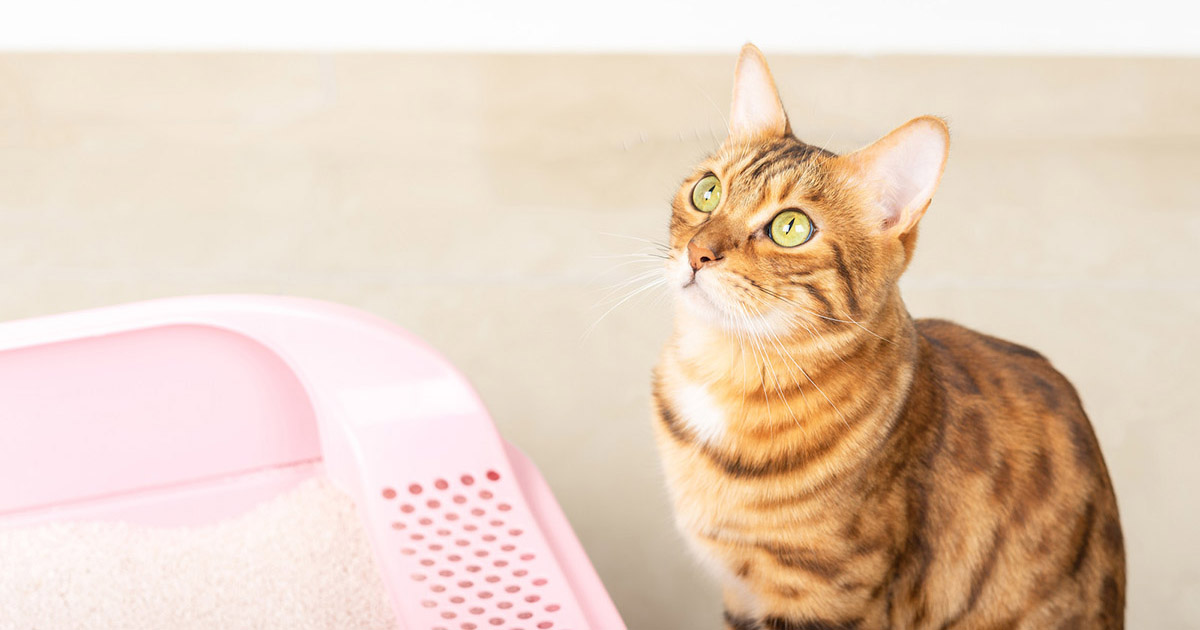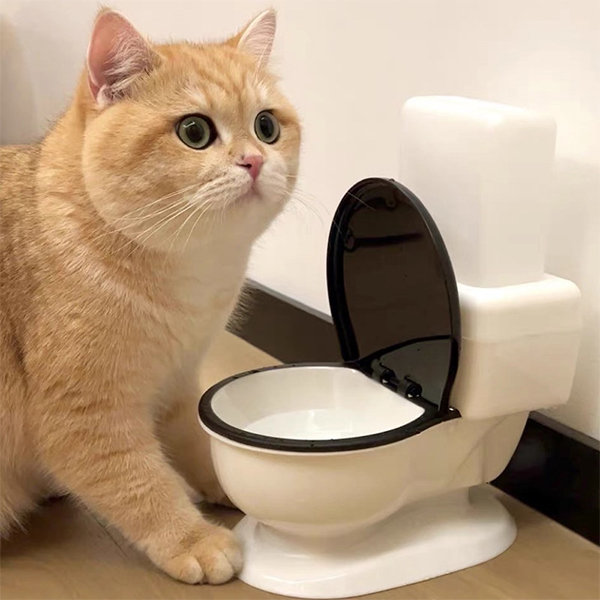The author is making a few great pointers on the subject of Can You Flush Dog and Cat Poo Down the Toilet? as a whole in the article followed below.

When it concerns dealing with waste, especially animal waste, many people usually turn to the hassle-free option of flushing it down the bathroom. Nonetheless, this seemingly simple option can have significant consequences for the setting and public health. In this article, we'll explore why flushing animal waste down the bathroom is a poor idea and supply different approaches for appropriate disposal.
Intro
Proper garbage disposal is crucial for maintaining ecological sustainability and public health. While it might appear harmless to flush animal waste down the commode, it can bring about different problems, both for the environment and human well-being.
Threats of flushing animal waste
Environmental influence
Flushing animal waste presents damaging bacteria and virus into waterways, which can adversely affect marine environments. These virus can infect water sources and harm marine life, interrupting fragile ecosystems.
Public health concerns
Pet waste has unsafe bacteria such as E. coli and Salmonella, which can pose major health risks to humans. Flushing animal waste down the commode can infect water supplies, leading to the spread of diseases and infections.
Alternatives to flushing
As opposed to purging pet waste down the bathroom, there are several alternative disposal approaches that are a lot more environmentally friendly and hygienic.
Composting
Composting pet waste is an environment-friendly means to throw away it. By composting, organic matter is broken down right into nutrient-rich soil, which can be used to fertilize gardens and plants.
Garbage dump disposal
Disposing of animal waste in a landfill is an additional option. While not as eco-friendly as composting, it is a click here safer choice to flushing, as it stops the contamination of water resources.
Animal garbage disposal systems
There are customized pet dog garbage disposal systems offered that safely and hygienically get rid of animal waste. These systems frequently make use of enzymes to break down waste and get rid of smells.
Actions to proper animal garbage disposal
To ensure appropriate disposal of pet waste, adhere to these actions:
Scooping and bagging waste
On a regular basis scoop and bag pet waste making use of biodegradable bags. This avoids waste from polluting the atmosphere.
Utilizing assigned waste bins
Dispose of bagged animal waste in assigned waste bins, such as compost bins or land fill containers. Stay clear of flushing it down the bathroom in any way expenses.
Cleaning can and pet dog locations consistently
Consistently tidy litter boxes and pet dog locations to prevent the build-up of waste and microorganisms. Use pet-safe cleansing products to maintain hygiene.
Advantages of proper disposal techniques
Adopting correct disposal methods for pet waste offers a number of benefits:
Minimized environmental pollution
Correct disposal techniques reduce the danger of environmental pollution, protecting waterways and ecological communities from contamination
Reduced danger of water contamination.
By staying clear of flushing animal waste down the bathroom, the danger of water contamination is dramatically reduced, securing public health.
Boosted hygiene and hygiene
Appropriate disposal techniques advertise far better cleanliness and health, developing a much safer setting for both human beings and animals.
Final thought
To conclude, flushing animal waste down the commode is hazardous to the environment and public health. By embracing alternate disposal methods and adhering to correct waste monitoring methods, we can reduce the negative effect of animal waste and add to a cleaner, healthier earth.
What To Do With Dog Poo – The Do's And Don'ts Of Disposing Of Faeces
Dog poo bins
Some councils provide dedicated dog waste bins in popular dog-walking areas that can take dog poo that has been bagged but you can legally dispose of dog waste in any public litter bin, as long as it is securely bagged. This also applies to your wheelie bin at home.
Do not flush
Water companies do not recommend flushing dog faeces down the toilet because certain parasites can survive the water processing treatment and are potentially harmful to humans. You should also never consider flushing dog poo that has been bagged down the toilet as the bags will not break down and instead create severe blockages in the sewage system.
In the woods
The Forestry Commission promotes a ‘stick and flick’ method for dealing with waste in the woods. This means finding a stick and using it to flick any poo from off the path so that it is out of the way of other walkers. You could also bury it as long as it is not in an area where there might be livestock.
Livestock
Parasites found in dog poo can be transmitted to livestock if they inadvertently eat infected faeces that has been left on grazing land. This could result in the death of sheep or abortion in cattle so you should always make sure you pick up your dog’s waste in fields where livestock could be present.

Consistently tidy litter boxes and pet dog locations to prevent the build-up of waste and microorganisms. Use pet-safe cleansing products to maintain hygiene.
Advantages of proper disposal techniques
Adopting correct disposal methods for pet waste offers a number of benefits:
Minimized environmental pollution
Correct disposal techniques reduce the danger of environmental pollution, protecting waterways and ecological communities from contamination
Reduced danger of water contamination.
By staying clear of flushing animal waste down the bathroom, the danger of water contamination is dramatically reduced, securing public health.
Boosted hygiene and hygiene
Appropriate disposal techniques advertise far better cleanliness and health, developing a much safer setting for both human beings and animals.
Final thought
To conclude, flushing animal waste down the commode is hazardous to the environment and public health. By embracing alternate disposal methods and adhering to correct waste monitoring methods, we can reduce the negative effect of animal waste and add to a cleaner, healthier earth.
What To Do With Dog Poo – The Do's And Don'ts Of Disposing Of Faeces
Dog poo bins
Some councils provide dedicated dog waste bins in popular dog-walking areas that can take dog poo that has been bagged but you can legally dispose of dog waste in any public litter bin, as long as it is securely bagged. This also applies to your wheelie bin at home.
Do not flush
Water companies do not recommend flushing dog faeces down the toilet because certain parasites can survive the water processing treatment and are potentially harmful to humans. You should also never consider flushing dog poo that has been bagged down the toilet as the bags will not break down and instead create severe blockages in the sewage system.
In the woods
The Forestry Commission promotes a ‘stick and flick’ method for dealing with waste in the woods. This means finding a stick and using it to flick any poo from off the path so that it is out of the way of other walkers. You could also bury it as long as it is not in an area where there might be livestock.
Livestock
Parasites found in dog poo can be transmitted to livestock if they inadvertently eat infected faeces that has been left on grazing land. This could result in the death of sheep or abortion in cattle so you should always make sure you pick up your dog’s waste in fields where livestock could be present.

As an enthusiastic reader on Can You Flush Dog and Cat Poo Down the Toilet?, I assumed sharing that piece of content was beneficial. Feel free to pause to promote this blog posting if you liked it. Many thanks for being here. Don't hesitate to come visit our blog back soon.
Set An Appointment